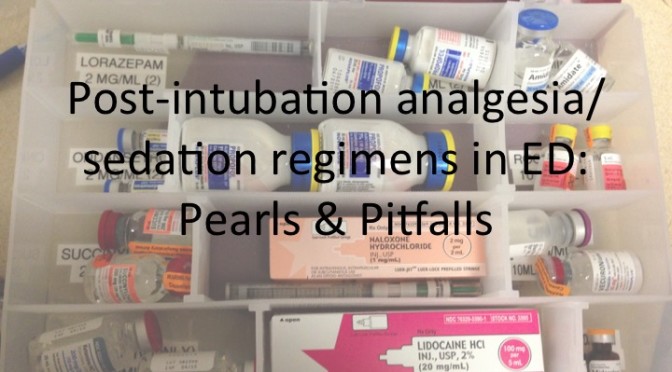Neurotrauma Resuscitation: Pearls & Pitfalls
The critically ill patient with neurologic trauma can present significant challenges for ED resuscitation. This post discusses key pearls and pitfalls in the evaluation and management of these patients.
Neurotrauma Resuscitation: Pearls & Pitfalls Read More »






